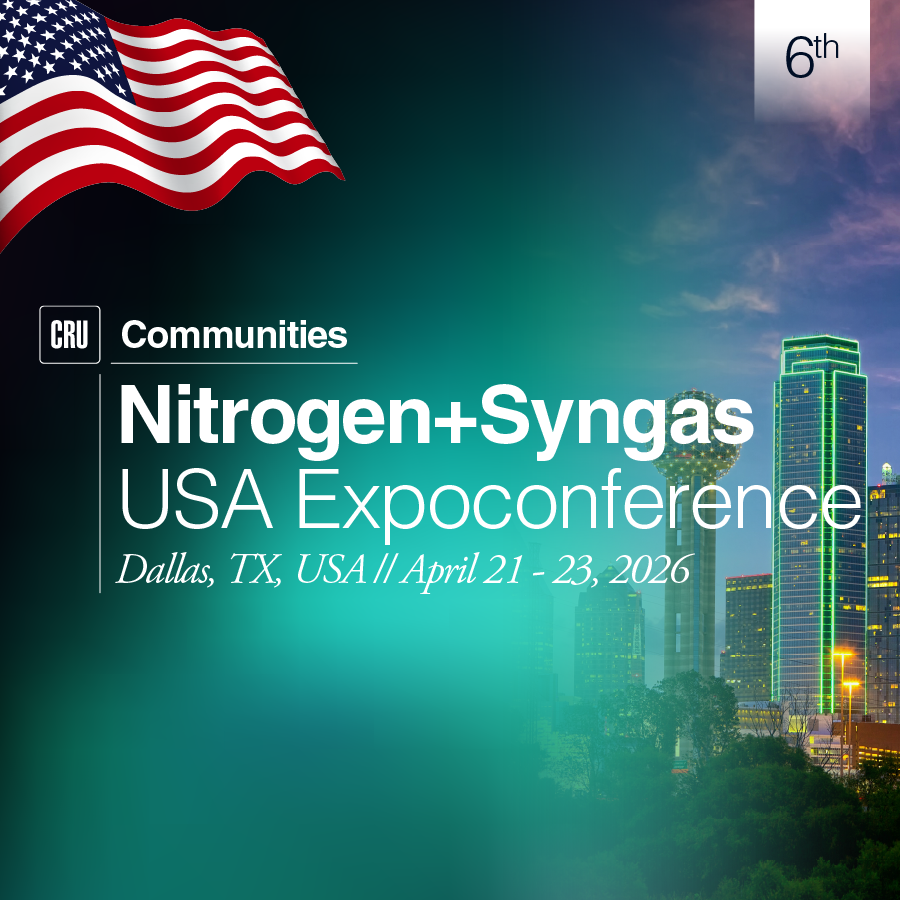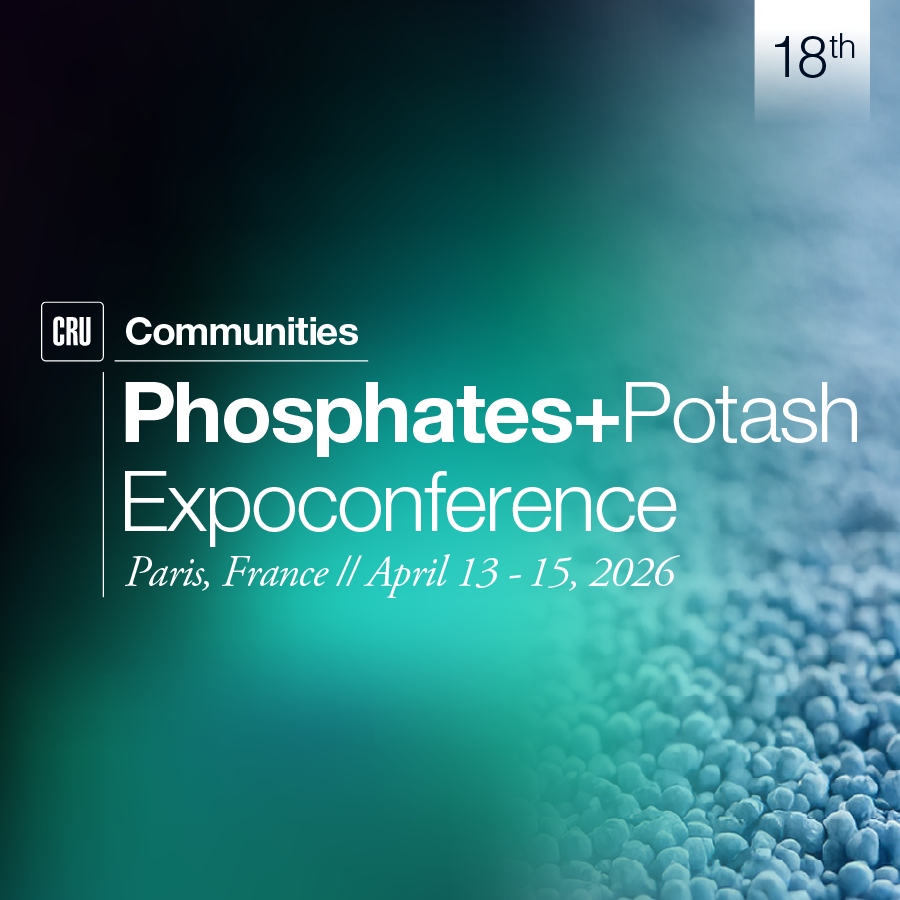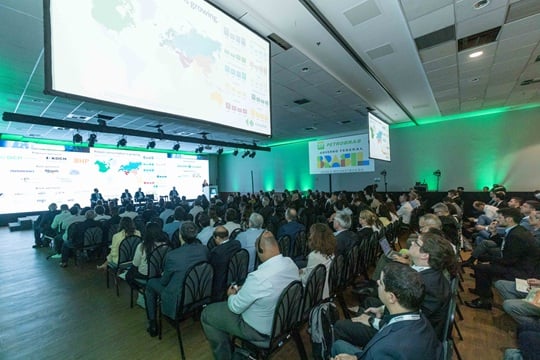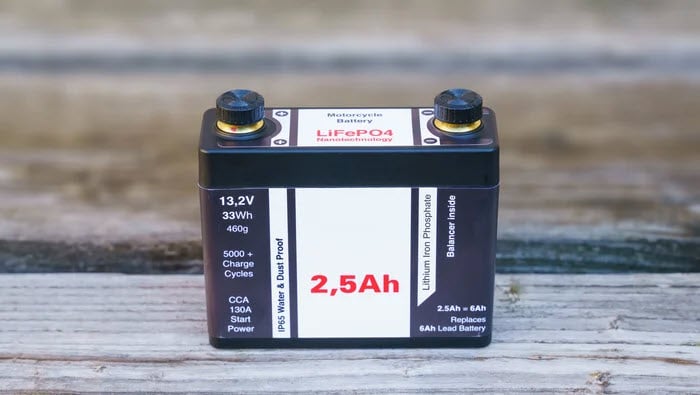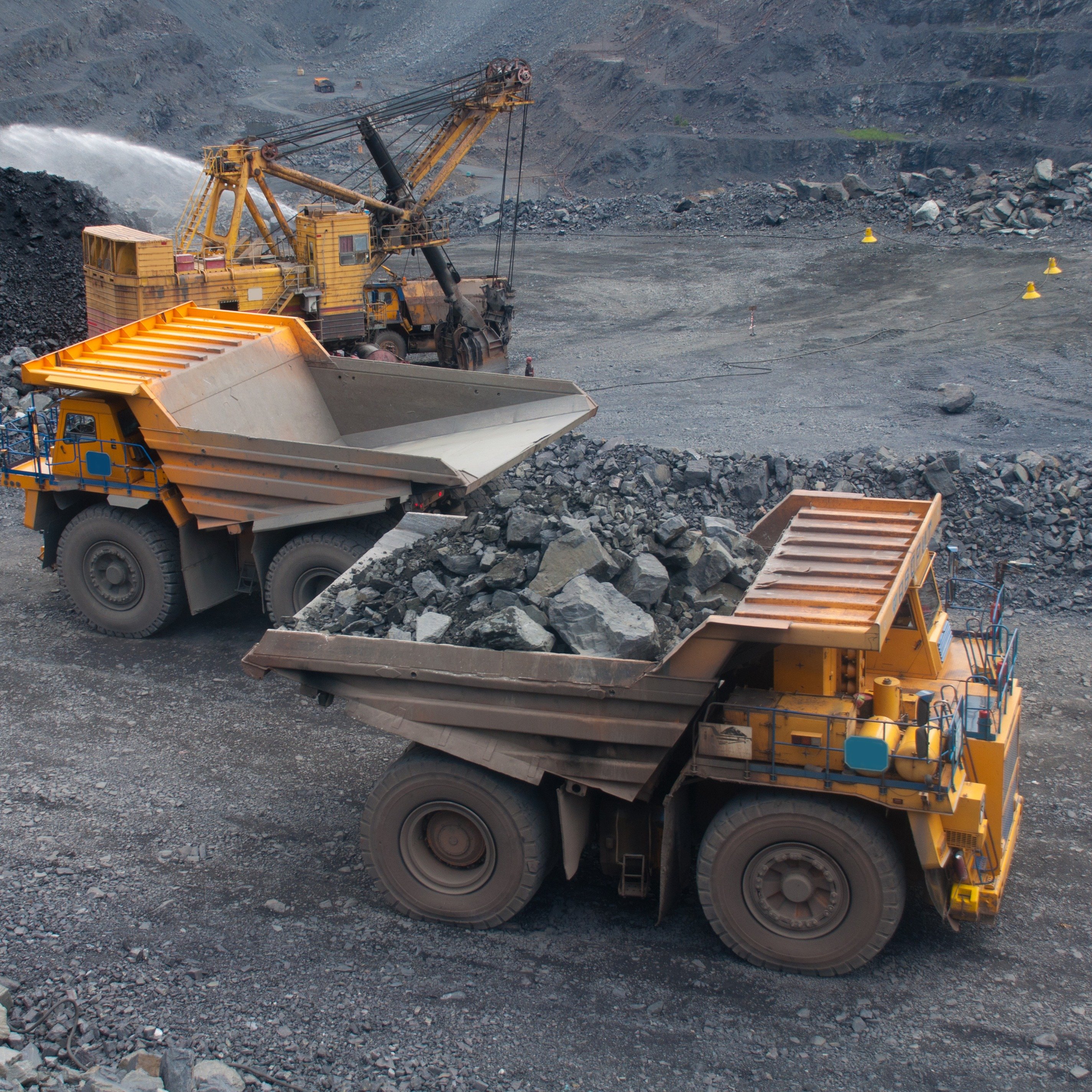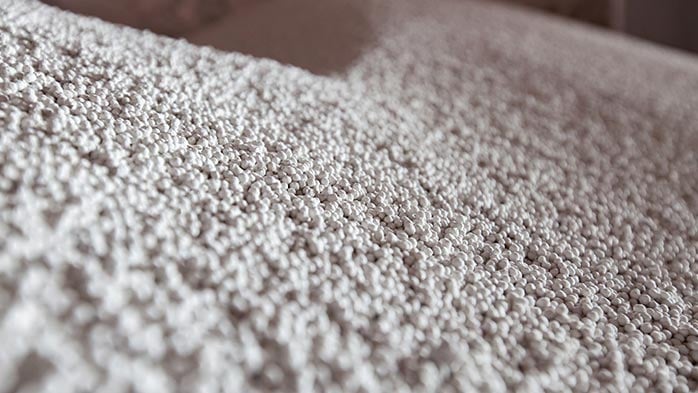In the recent Q2 reporting season, the big three North American listed fertilizer companies, Nutrien, CF Industries and Mosaic, outlined optimism around North American fertilizer demand for 2020.
The optimism is underpinned by a positive outlook on corn prices and prospective planting increases for 2020. This Insight highlights some of the key market drivers to be aware of over the coming months to assess if this optimism will be realised.
Corn futures volatile, while fertilizer prices a mixed bag
Financial results from Q2 were mixed, with Nutrien and CF both outperforming expectations, while Mosaic was still licking the wounds suffered from the recent unprecedentedly wet spring season. Saturated soils, persistent rainfall and flooding rivers interrupted the movement and application of fertilizers throughout the country.
Because of the lower crop output anticipated for 2019, corn futures spiked in June. Corn crop conditions have improved somewhat in recent weeks, dragging futures lower. However, we expect some upside in futures prices once the USDA corrects its much-criticised area and yield expectations in its upcoming August report.
Fertilizer prices in the US have been a mixed bag. Midwest potash prices have been extraordinarily resilient, while urea prices have been volatile. Inland urea prices surged in May and June as distributors scrambled for product, with flooding along the Mississippi River restricting normal logistical routes. Producers, traders and distributors were innovative in how product was delivered, and the success of this was highlight in the CF Industries Q2 presentation and subsequent earnings call.
Phosphate prices have plunged since October 2018, with difficult logistical and application conditions coinciding with a large volume of imports entering the country. As a result, inventories have built to very high levels. Producers and traders have been looking to liquidate product which has resulted in the lowest prices since 2016.
2020 corn plantings pegged at 95 million acres
The prospects for increased corn plantings in 2020 was a hot topic in the Q2 company presentations and earning calls. Mosaic said, ‘we are hearing corn plantings of maybe 95M acres plus in 2020’, Nutrien said ‘it’s easy to see 95M plus acres setting up for 2020’, while CF noted ‘2020 corn acres are bullish…95M acres as a low end’. CRU also anticipates US corn plantings to reach the equivalent of 95M acres in 2020, and this will be supportive for fertilizer demand.
Higher corn prices will not only encourage farmers to increase acreage in spring next year, but nitrogen, phosphate and potash application rates are also likely to rise during 2019-2020 following skipped applications throughout much of the country this year due to the difficult conditions. So, the perceived optimism around 2020 from the three companies is warranted.
Fertilizer affordability metrics also supportive for demand
Higher futures prices for corn and lower fertilizer prices, particularly for phosphates and ammonia, mean fertilizer affordability is the best it has been in 10 years. The below charts show forward-looking affordability indices, a ratio of current inland fertilizer prices and the weekly average of the CME futures for the forward corn crop (given most fertilizer purchased now will be for crops harvested in 2020, we use the December 2020 corn futures contract).
Phosphate inventory levels the great unknown
Phosphate affordability levels are the best in over 10 years, as shown in the chart above. This is raising optimism for strong demand for the upcoming fall application period. However, following the difficulties faced across the supply chain in 2019, phosphate carry-over inventories are at very high levels.
The exact volume of stocks is impossible to quantify, but Mosaic noted in its earnings call that ‘with a poor fall season and then a disappointing spring season, probably about 800,000 tons of demand was lost. At the same time, we had 1 Mt more imports into the U.S, exacerbating the problem along with the flooding along the river.’ This market imbalance shows just how difficult conditions have been and the short term issues the industry faces.
While the prospects for demand look promising for the upcoming fall period, weather permitting, short term phosphate price weakness is expected to prevail, owing to the high inventory levels and the continued flow of high-volume imports entering New Orleans.
The chart below analyses the potential for corn to consume the high level of phosphate inventories for the 2020 crop. If corn plantings do reach the touted 95M acres in 2020, it would equate to almost 87M acres of harvested area (the metric used in CRU’s demand modelling). We assume, weather permitting, there will be a jump in phosphate application rates, given its affordability and missed applications for the 2019 crop. We forecast P2O5 application rates to reach 66 kg/ha, up from 59 kg/ha (74 lb/ac, up from 66 lb/ac) in 2019. If both eventuate, it will lead to an incremental increase of almost 1.2Mt of DAP equivalent phosphate fertilizer for corn alone. This will help to quickly draw down the high stock levels and encourage some recovery in prices further into 2020.
Positive signs abound, but macro factors a concern
There is little contention around the positive market fundamentals that suggest strong North American fertilizer demand for the 2020 cropping season. However, there are some worrying macro factors that fertilizer market participants need to be wary of.
The most evident is the lingering US-China trade war. The Chinese government this week asked its state-owned enterprises to halt purchases of agricultural goods from the US. While corn exports to China are small, and reduced soybean exports have already been priced into the market, the government request adds a heavy dose of negative sentiment to agricultural commodity markets. On the flip side, demand for soybeans from Brazil has increased sharply, boosting fertilizer demand prospects there.
The depreciation of the renminbi has garnered recent headlines, and this could be an increasingly important lever for China as economic tensions with the US escalate. A weaker renminbi lowers the cost of production for Chinese nitrogen and phosphate producers. Slowing economic growth in China will add further downwards pressure to this Chinese cost floor, due to its impact on coal prices, the key energy feedstock for nitrogen production in China. With China the marginal exporter of both urea and phosphate fertilizers, a lower cost floor will pull global price sentiment lower.
Potash markets will not be immune to issues in China. The depreciating currency and concerns over demand will add further pressure to potash imports. China’s potash buying consortium said in July it would cease all imports of potash from September, owing to very high port inventories.
CRU remains on US recession watch, following ten years of consecutive growth. The Federal Reserve recently cut interest rates to maintain low unemployment and low inflation. Nevertheless, business confidence is low and various economic indicators point to a looming recession. While fertilizer demand is somewhat immune to recessions (unlike other metals commodities covered by CRU), there are risks around credit availability and sentiment that may dent fertilizer demand. The potential for a US led recession will be a theme covered by CRU over the latter half of 2019, and the fertilizer team will be compiling detailed analysis around what a recession means for the industry.
Agricultural fundamentals point to improved fertilizer demand and pricing in 2020, however the broader macro environment needs to be taken into consideration and is cause for caution. This cautious sentiment was reflected in the August CRU short term fertilizer price forecasts, with all 8 fertilizer commodity groups indicating downside risks to their forecasts.




